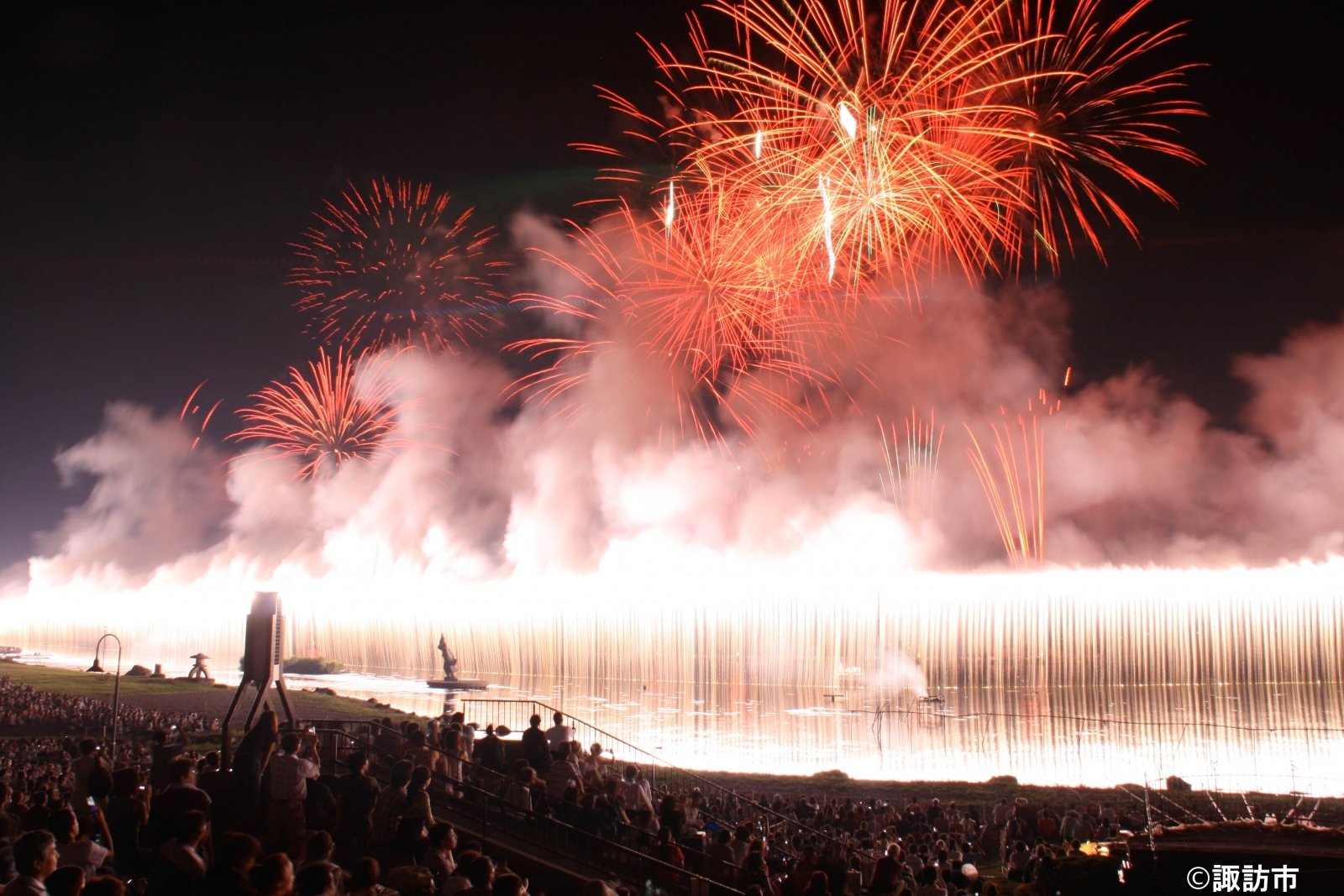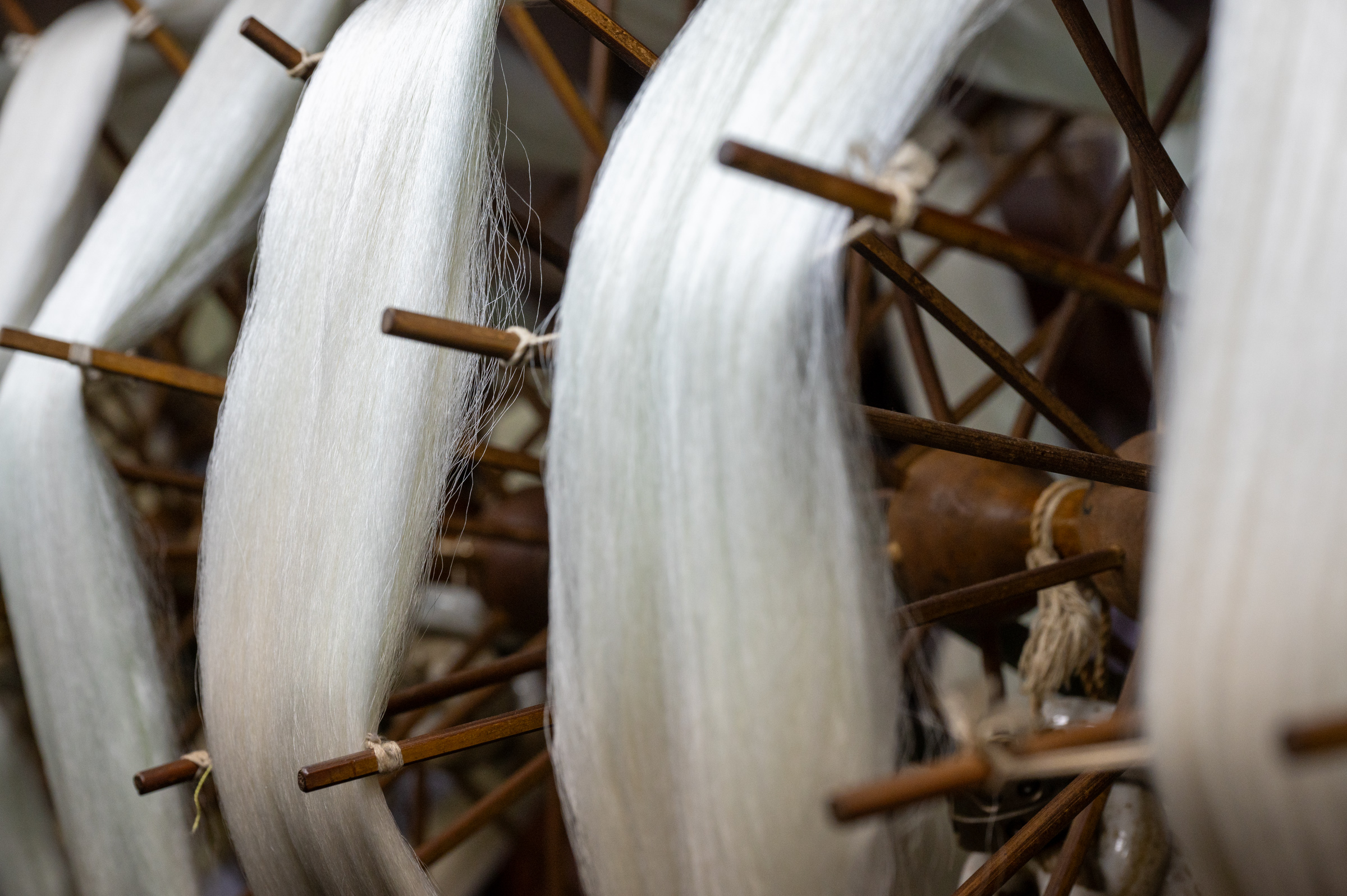Festivals and Theatrical Performances Beyond the Nakasendo
See local Oshika Kabuki performances, Japanese puppetry and unique festivals in the countryside of Southern Nagano.
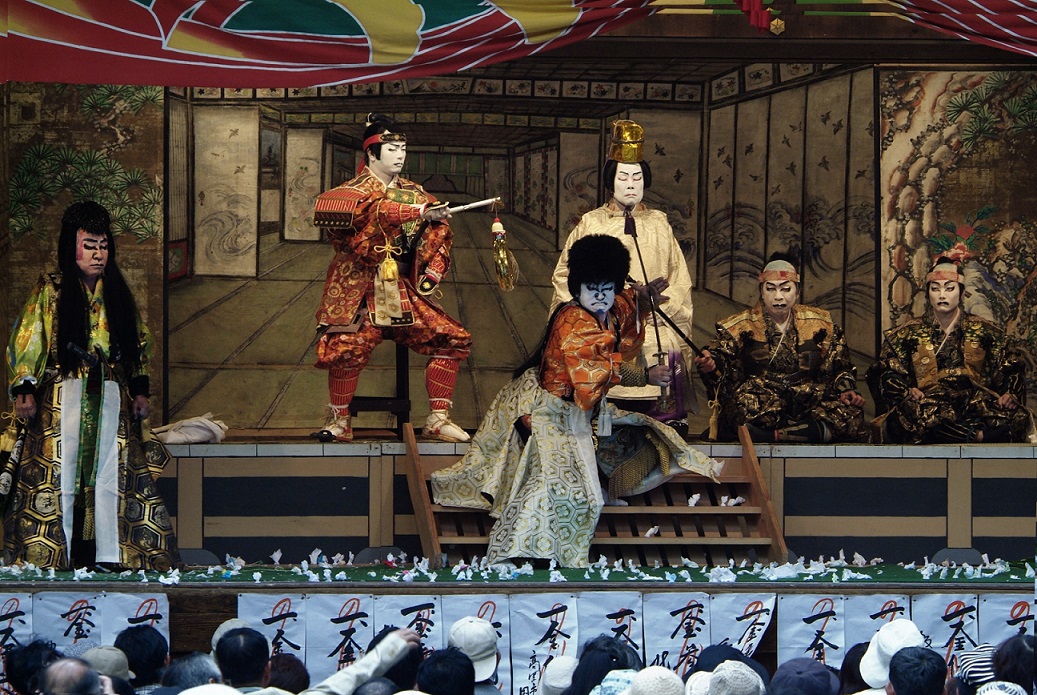
In the Ina Valley at the base of the Central and Southern Japanese Alps, a unique culture developed, nurtured by the harsh natural environment and frequent exchange with travelers from large cities such as Nagoya and Osaka.
Festivals developed in response to natural disasters and the changing of the seasons, and performing arts such as kabuki and puppet theater from the cities were enthusiastically received. These rituals and performances were then passed down over hundreds of years and are still dutifully carried out to this day.
As a result, even in the farthest reaches of the Japanese Alps, you can enjoy unforgettable festivals and exciting theatrical performances.
Festivals and Theatrical Performances Beyond the Nakasendo
Oshika Kabuki
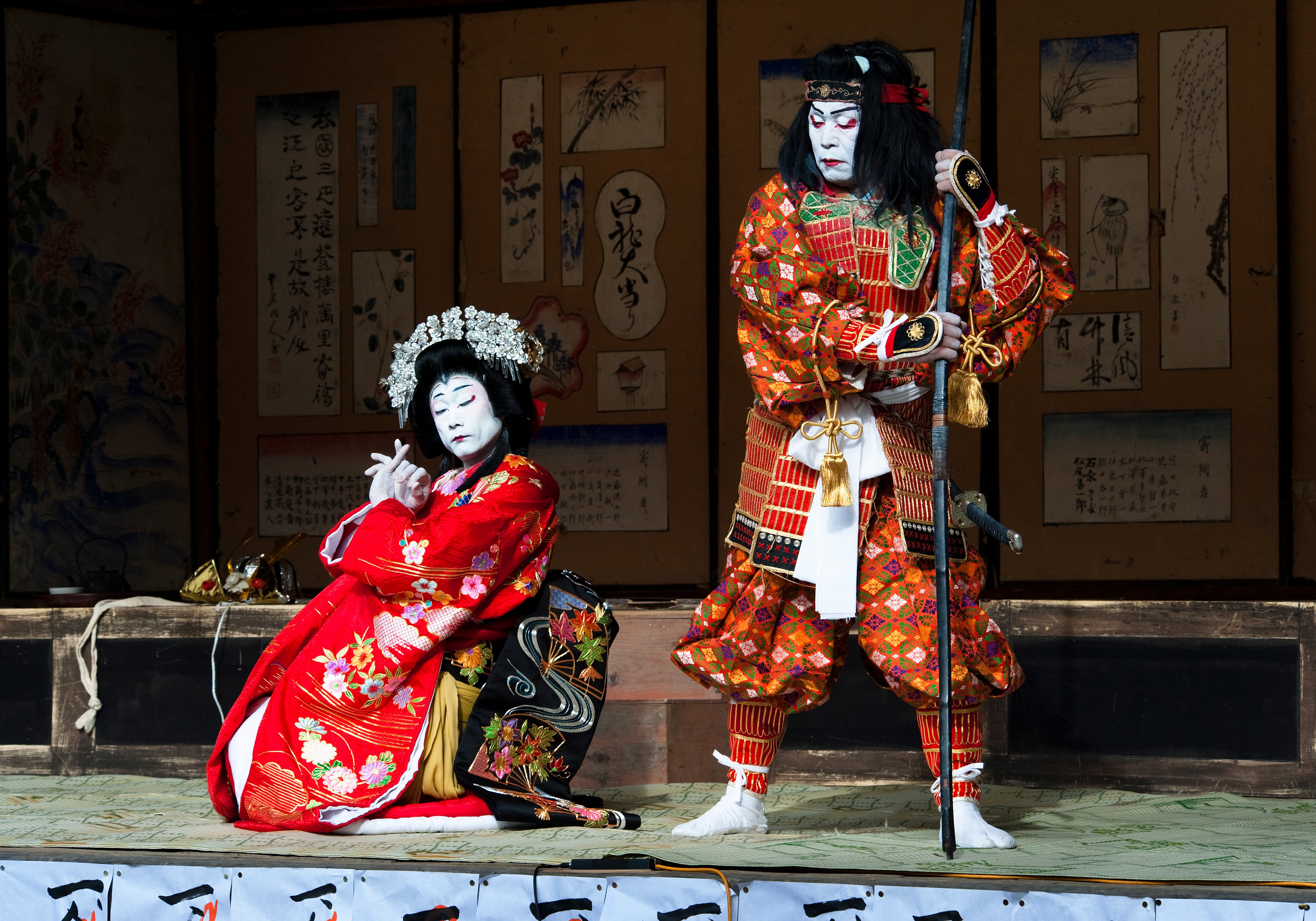
Kabuki is one of Japan’s most instantly recognizable art forms, with its vibrant makeup, colorful costumes and unique poses. Its influence has extended beyond the theater to Japanese woodblock prints and popular culture.
This art form first began in Kyoto around the beginning of the 17th century and soon spread throughout the nation. Due to its popularity, it was regulated heavily by the government and, for one reason or another, certain forms of Kabuki were outright banned over the years. The style of Kabuki currently seen today in Japan’s major theaters is heavily influenced by this history.
But kabuki performances in rural areas were not so easily regulated. Oshika Kabuki was one such rural form of Kabuki, which has a nearly continuous history of 300 years. Locals had such a passion for the performing arts that they would put on shows even during small local festivals. At the height of its popularity, there were 13 stages around the village, and to this day, over half of them remain.
Oshika Kabuki is now performed twice a year: once in early May and again in late October. Reservations are not required to watch the performance. Tours are also available with transportation to/from the village and Iida.
Shimotsuki Matsuri
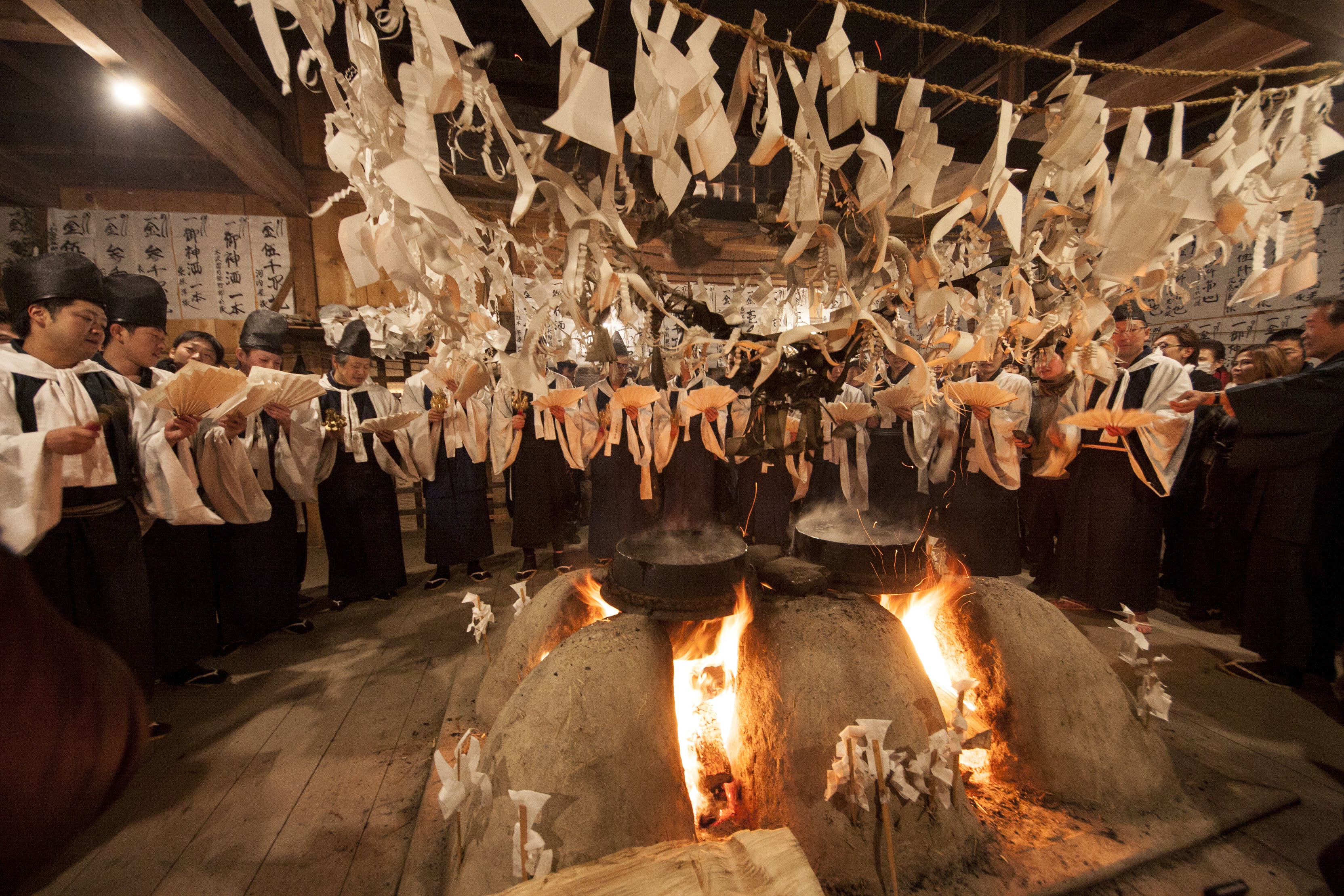
In the hamlets around the Tohyama-go area of Southern Nagano is a longstanding winter festival called Shimotsuki Matsuri. Shimotsuki is the old Japanese word for the month of November, and the festival is held in shrines throughout Tohyama-go from late November to the beginning of December.
During the festival, deities from around Japan are invited to bathe in a cauldron of purified water, so that they may be clean and reenergized for the new year. Shinto priests perform rites before villagers donning the masks of major deities appear, circling around the steaming cauldron at the center of the shrine. Some deities have unique roles, such as the deity of water, who splashes boiling water out of the cauldron with his bare hand, spraying onlookers with steaming droplets. The performances usually last well into the night.
Deities traveling to bathe and purify themselves may sound familiar to some. In fact, the Shimotsuki Festival was one of the inspirations for Studio Ghibli’s animated film, “Spirited Away.”
Shrines are open to visitors during the festival, but access may be difficult. There is also a tour of Shimotsuki Matsuri which includes a one-night stay at a nearby traditional Japanese ryokan.
Puppet Theater and the Iida Puppet Festival
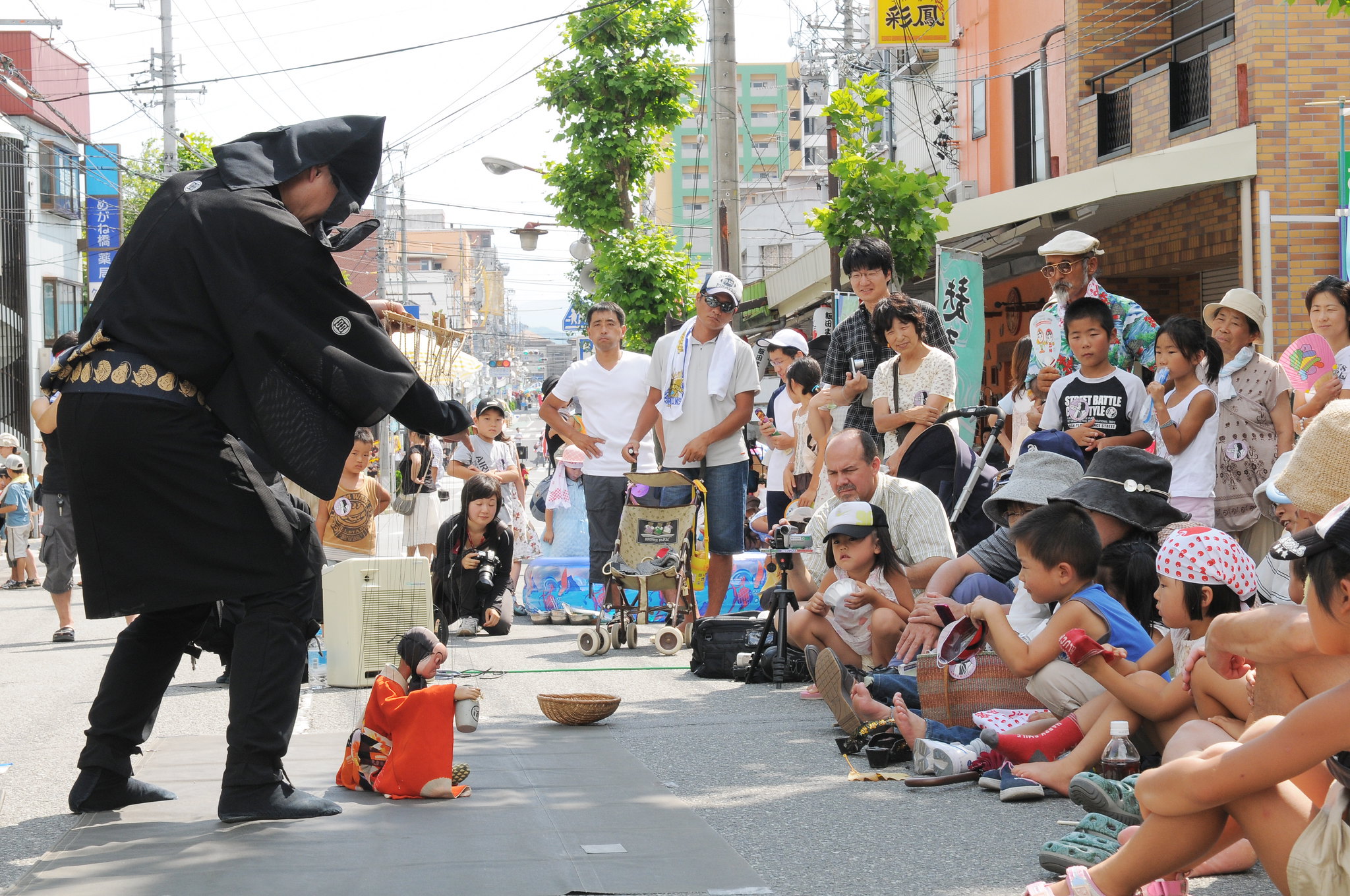
Puppet theater was another form of entertainment that thrived in the Ina Valley beginning in the early 18th century. As Kabuki became more and more popular, puppeteers from the big city traveled to the countryside to perform. Traveling performers from Osaka and Awaji visited this region and shared their knowledge and techniques with local puppeteers. At the height of puppet theater’s popularity in the Ina Valley, there were 29 theaters here. Eventually, it befell the same fate as puppet theater in the big cities and was overtaken in popularity by Kabuki.
The Iida Puppet Festival is celebrated annually at the beginning of August. Over 300 puppet theater troops from around the world gather in Iida to perform all kinds of puppet theater, from traditional Japanese Ningyō Joruri to shadow puppetry and ventriloquism. See the festival's official website here.
Conclusion
Seeing the deities gather around the bubbling cauldron during Shimotsuki Matsuri or watching local actors perform kabuki in an outdoor theater is a unique and unforgettable experience. If you happen to be lucky enough to travel through the area when these events are being held, you would be amiss not to spend an afternoon, or an all-nighter, taking in this living, breathing aspect of Japanese culture.

